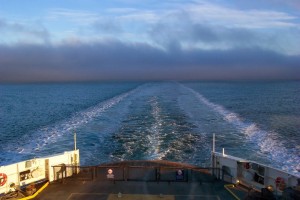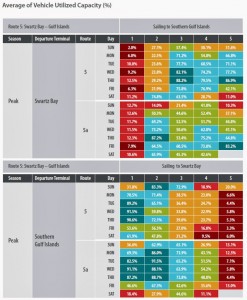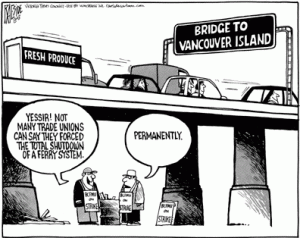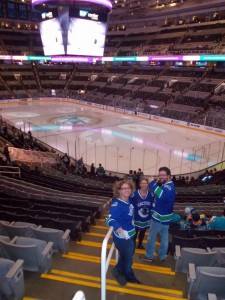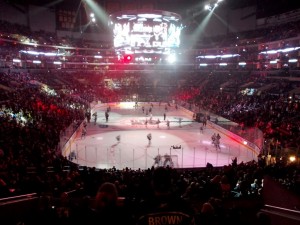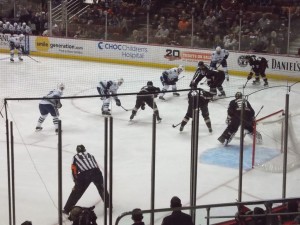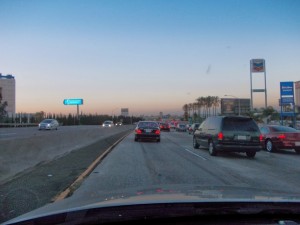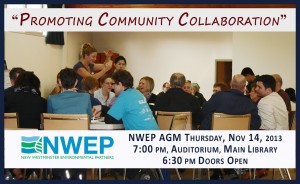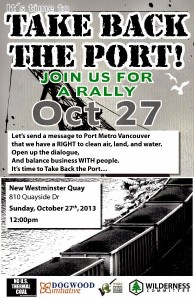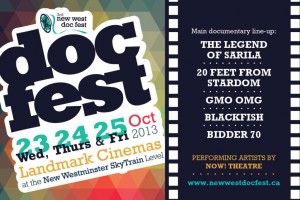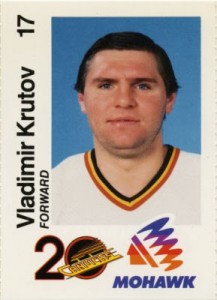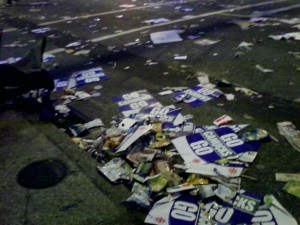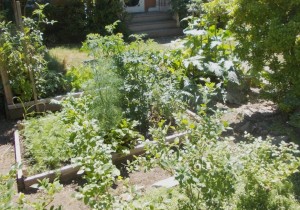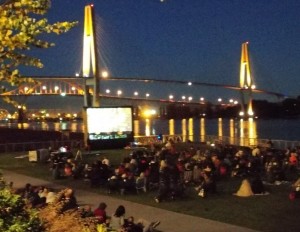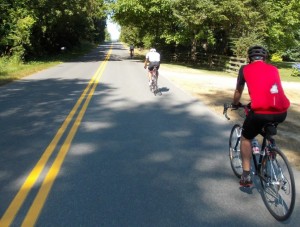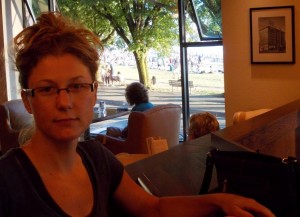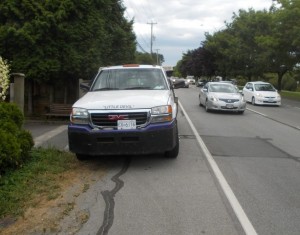I wrote this earlier piece about the announced “rationalization” of BC Ferries, but didn’t really address the direct measures that the Minister from Kamloops proposed to solve BC Ferries’ current funding woes. So what of the solutions offered? Aside from the service cuts, what of the rest of the initiatives announced?
 |
I used to joke that Ferries could be free if there was a bar in the back with a half dozen blackjack tables. I cannot believe they took me seriously (or maybe my cynicism once again fell short?). Frankly, I couldn’t care less about the slot machine idea, And although I agree with this opinion 100%, I have come to expect and accept moral bankruptcy and from this government, so no surprises there. The government-run exploitation of the poor through gambling genie is out of the bottle, and I hope eventiually a rational government will come along and invest a meaningful chunk of the revenue into helping those affected by the addiction, but I won’t hold me breath.
In this case, though, I have my doubts that it will generate significant revenue (or if it does, what portion of that revenue BC Ferries will actually get to keep), and only hope they are located in such a way that I don’t have to sit near them or – dear god – hear them. Although this does open up some exciting possibilities for other transportation funding projects: Golden Ears Bridge revenues a little short? Throw a few slots on the deck! Casino cars on SkyTrain? Free spin with every tap of your Compass Card?
The ending of off-peak Senior’s free rides, replacing them with a half-price fare, seems petty and ill conceived. The current “free ride” offered Senior BC residents is limited to off-peak times (i.e. Monday- to -Thursdays, no holidays) and the discount only applies for their passenger fare: seniors still have to pay full pop for their cars. So a senior driving to Victoria pays $51.25 plus tax instead of $66.75 if they travel when demand is low. That fare will now go to $59.00. Not a big change, but if you have ever seen the line-up for the early bird special at the Pantry, you know pensioners love to get the discount.
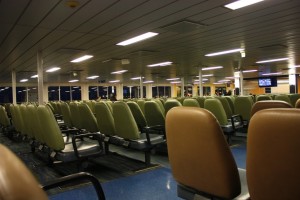 |
| Good thing Seniors aren’t riding these off-peak seats for cheap! |
Cutting this “free-ride” does little for revenue, but disincentives travel in off-peak times for those with more adaptable schedules, which further exacerbates the sometimes-empty / sometimes-stuffed Ferry problem. Further, it perpetuates the undermining of the Ferries being a vital transportation link for BC residents – especially many of the seniors who live on Gulf Islands where there are very few services. There is no hospital on Saturna, no doctor, no pharmacy. Walking on a ferry and taking the bus to Sidney is the only affordable way for seniors to get access to these services. Charging seniors $12 return (if they don’t take a car) to walk to their nearest Pharmacy seems like a shitty policy to me, and not one offset by an appreciable increase in revenue.
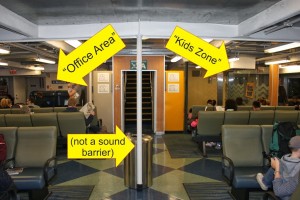 |
| Just poor planning. |
The lightly- floated idea of enhanced passenger-only service sounds great to me. I rarely take a car on the Ferry, but am commonly lamenting how passengers are not treated as valued customers, but as the more inconvenient part of the car-moving business. However, before blowing the budget on special passenger-only boats, they could think about just providing some basic level of reasonable service to the pedestrians they already have.
For example, you cannot reserve a passenger ticket for the Gulf Islands. On busy long weekends, you can (and pretty much must) reserve a spot for your car, but if you want to walk on, you need to show up, line up, and take your chances. Yes, those boats do regularly sell out. Taking a stuffed-to-the-rafters 620 bus from Richmond, lining up for 40 minutes to buy a ticket (as they cannot sell them until they know how many reserved drivers show up to take their spots, nor how many passengers are in those reserved cars), then being told they sold out and you have to come back tomorrow, then being told you cannot reserve for tomorrow, but will have to roll the dice again, then waiting 30 minutes for the next 620 to show up… well, it is enough to make you want to just get it over with and lease a Hyundai.
 |
| Actual lineup for the 620. How would you like to wait in this line, then be told at your destination you can’t have a ticket? |
But if I already lease the aforementioned Hyundai (because I am tired of rolling the dice with the the bus), I can still walk on (if there is room) and might park at the terminal, but long-term parking at Tsawwassen is now $16 per day. Paying $50 to park on a long weekend, combined with the (car-only) reservation being the only certain way on the boat, the incentives for driving right onto the boat add up pretty quick.
They don’t need special Ferries to attract more walk-on customers; they need to adjust the systems they have in place that make walking on unreliable and inconvenient. Don’t even get me started about the lack of coordination between the TransLink schedule and the Ferries Schedule at Tsawwassen.
And while I am harping on about customer service, in what other business is it OK for staff to start vacuuming around the feet of paying customers who are trying to relax? Do hotels or restaurants do this? Airlines? Movie theatres? Anyone?
 |
| Has anyone seen this anywhere BUT on a BC Ferry? |
However, there are more fundamental questions that these proposals raise: where did they come from? The person whose job it is to run the Ferries “like a business” (as business groups lament it should be done) clearly did not make any of these decisions, from which routes to cut to bringing on the slots. Instead, these decisions were foisted upon him by a Minister of Transportation who makes unilateral changes to the way the corporation runs, yet refuses to take responsibility for the efficiency (or lack of) of the corporation.
It is clear from this interview of the CEO of BC Ferries that these decisions were not made by him or his Board. Much like with BC Hydro, ICBC, and TransLink, this government is making management decisions for these quasi-independent agencies, then blaming the agencies when these seemingly random, poorly thought-out, and unaccountable decisions don’t work out.
The BC Liberals are like the schoolyard bully who grabs your wrist and repeatedly smacks you with your own hand, all the time asking “why are you hitting yourself?”

